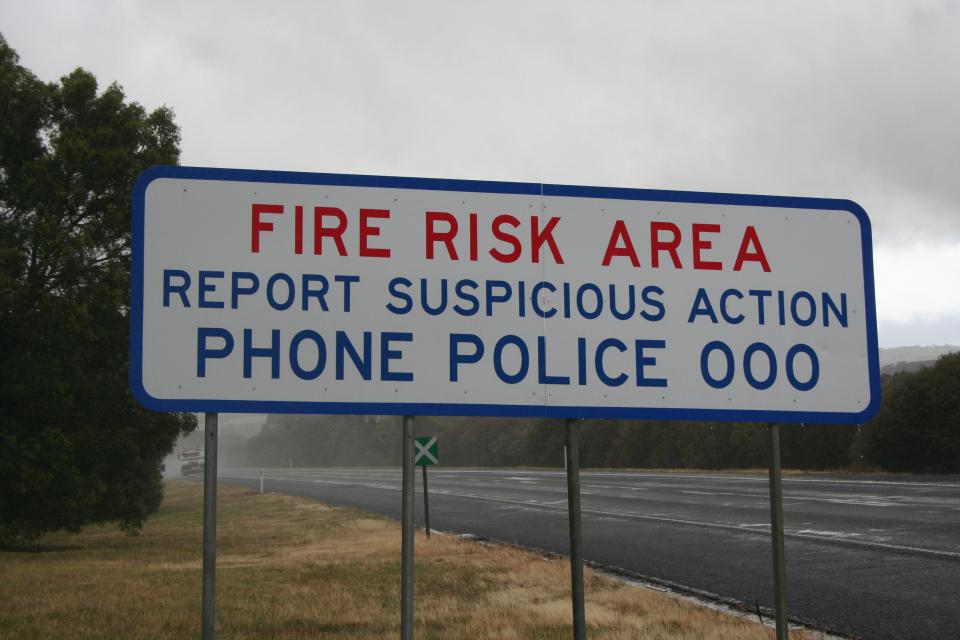
PUBLICATIONS
Published works

Why don't bushfire warnings work as intended? Responses to official warnings during bushfires in New South Wales, Australia
| Title | Why don't bushfire warnings work as intended? Responses to official warnings during bushfires in New South Wales, Australia |
| Publication Type | Journal Article |
| Year of Publication | 2020 |
| Authors | Whittaker, J, Taylor, M, Bearman, C |
| Journal | International Journal of Disaster Risk Reduction |
| Volume | 45 |
| Keywords | Bushfire, defence, Evacuation, information, preparation, Warnings, Wildfire |
| Abstract | Australian fire services provide two broad types of warning to people in bushfire (or wildfire) risk areas. Fire Danger Ratings communicate the possible consequences of a bushfire due to its rate of spread, intensity and difficulty of suppression. Warnings are also issued to alert people to impending bushfires and advise them how to respond. This paper examines how people threatened and affected by bushfires in New South Wales, Australia, in 2017 understood, interpreted and acted upon warning messages they received. The research involved 113 semi-structured interviews and an online survey of 549 households. Results indicate that while most people found warnings easy to understand and useful, many did not respond in ways intended by fire services. Many waited until they were threatened before they evacuated, while others stayed to defend houses and property, assist or rescue other people, and protect pets and animals. Notably, the research highlights the tendency for people to seek confirmation of the bushfire threat before taking protective action, most commonly to avoid unnecessary evacuation and its associated costs. Furthermore, the research identifies three key messages in bushfire warnings that are not personally meaningful for many people because they do not align with how they are likely to respond to a bushfire. These include: (1) people should leave bushfire risk areas on days of Catastrophic fire danger, before there is a fire; (2) houses are not defendable under Catastrophic conditions; and (3) people should ‘leave early’. The paper offers suggestions on how fire authorities can provide better information to help people to make more effective decisions by acknowledging and working within the context in which warnings are understood, interpreted and acted upon. |
| URL | https://www.sciencedirect.com/science/article/pii/S2212420919304625?dgcid=author |
| DOI | 10.1016/j.ijdrr.2020.101476 |
| Refereed Designation | Refereed |
Published Works


